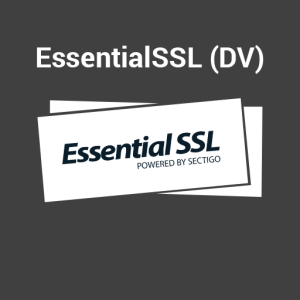A web application firewall (WAF) serves as a vital security component tailored to safeguard web applications from a myriad of threats and cyber attacks. Functioning as a protective barrier between the web application and the vast expanse of the internet, it diligently monitors and filters incoming traffic to identify and block potentially harmful requests. By scrutinizing HTTP and HTTPS requests as well as responses, a WAF can effectively thwart prevalent vulnerabilities, including but not limited to SQL injection, cross-site scripting (XSS), and various other application-layer threats.
The implementation of a WAF is not merely a strategic decision but often a necessity for organizations striving to maintain compliance with stringent industry regulations and standards. By providing an additional layer of security, a WAF plays a crucial role in safeguarding sensitive data, which is particularly important in sectors such as finance, healthcare, and e-commerce where data breaches can lead to severe financial and reputational damage. For instance, according to a report by IBM, the average cost of a data breach reached approximately $4.24 million in 2021, highlighting the financial repercussions of inadequate security measures.
Moreover, many contemporary WAF solutions are equipped with sophisticated features, including bot management capabilities, real-time traffic analysis, and integration of threat intelligence. These enhancements significantly bolster the effectiveness of WAFs in defending against the ever-evolving landscape of cyber threats. With automated bot detection, organizations can mitigate the risk posed by malicious bots that may attempt to scrape data, conduct denial-of-service (DoS) attacks, or exploit application vulnerabilities.
When it comes to selecting an appropriate WAF, organizations must take into account various factors such as deployment options—whether to opt for a cloud-based solution or an on-premise installation—along with scalability and the ease of integration with existing security frameworks. The choice between cloud and on-premise solutions often hinges on organizational needs; for example, cloud-based WAFs can offer greater flexibility and scalability, while on-premise solutions may provide more control over data and compliance.
As the cyber threat landscape continues to shift and expand, characterized by increasingly sophisticated attack vectors and techniques, a robust web application firewall becomes indispensable for any organization aiming to fortify its online presence and protect its digital assets effectively. By investing in a reliable WAF, businesses not only enhance their security posture but also build trust with their customers, ensuring that sensitive information remains protected against unauthorized access and malicious activities.







